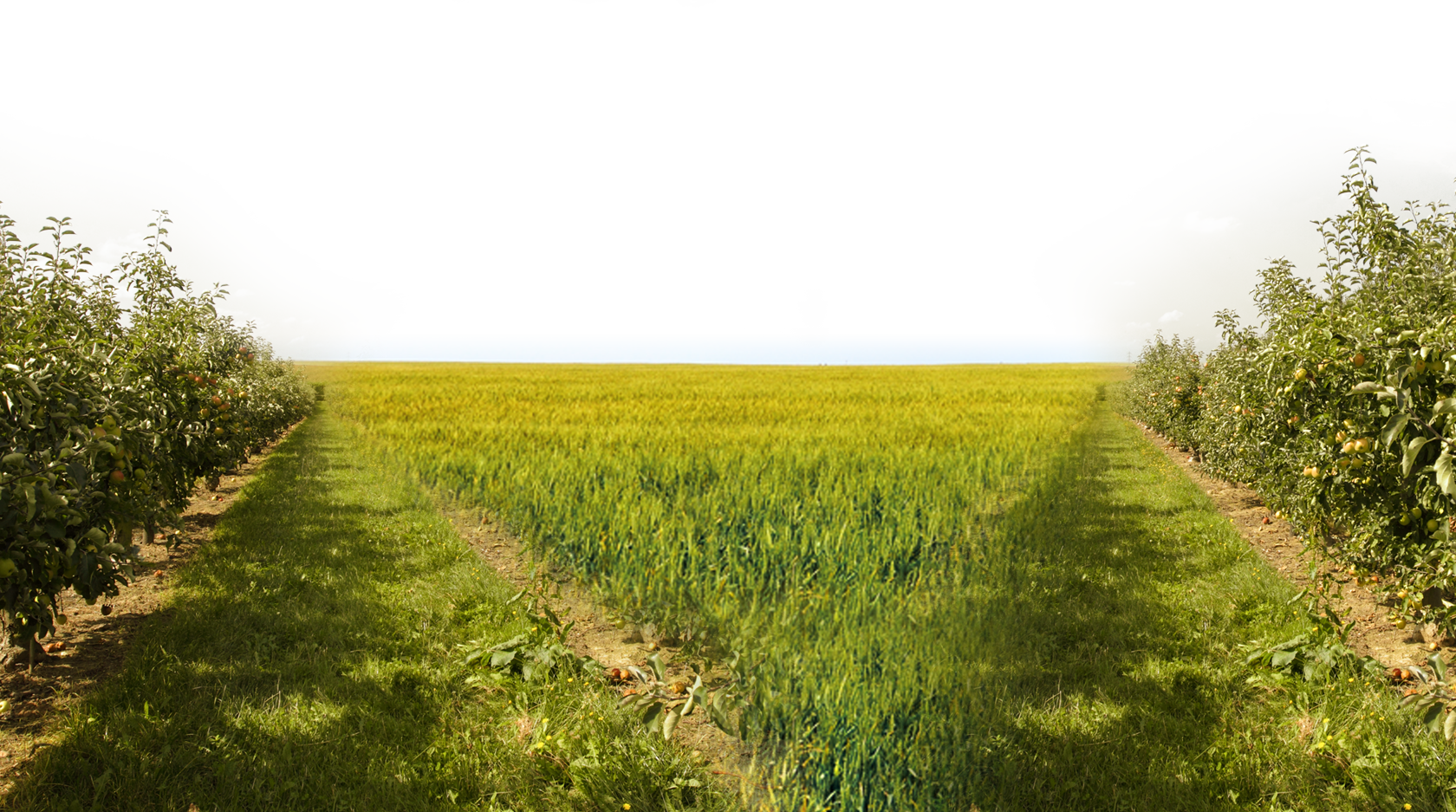
How To Choose A Good Olive Oil For Cooking
By Sebrina Zerkus Smith | 0 Comments | Posted 06/26/2014
Who could argue the health (and taste!) benefits of olive oil? But with all the choices out there–extra-virgin, pure, filtered, cold-pressed, refined– I’m so confused! How do I choose a good olive oil for cooking?
Olive oil, with it’s legendary and sometimes scandalous history, has been made and consumed since antiquity. Today we consider it a cornerstone of a healthy lifestyle. So to get all the delicious benefits of olive oil, use the tips below to help you pick the right one.
How To Choose A Good Olive Oil For Cooking
First, choose olive oil as you would a fine wine. And just like wine, taste is the most important quality to look for in an olive oil. If you can, taste before you buy, or at the very least, look for recommendations from trusted sources like Olive Oil Times or Cook’s Illustrated. You want to buy the best you can afford, but price is not always the best indicator of of quality.
Second, unlike wine, olive oil doesn’t improve with age. So pick one with an expiration date, and stick to it! Olive oil is delicate and perishable, so store it properly and use it quickly. Remember heat, light and air are all enemies of olive oil, so store your oil in a cool, dry location. Using your oil quickly will help you avoid rancidity, which can set in long before you can smell it. To keep your olive oil fresh as long as possible, choose dark tinted glass bottles or nonreactive metal such as stainless steel. Do not use iron, copper or plastic to store your olive oil.
Third, relax when it comes to color. The color of olive oil will vary greatly — from light straw to dark green. The color is less important than how your olive oil is manufactured and stored. You can find an in-depth description of the olive oil making process here, and a primer on the complicated nuance of olive oil varietals here.
Next, choose the right oil for the right job. Extra-virgin olive oil, the most popular type of olive oil in the U.S. (thanks Rachel Ray!) is best consumed without heating. Use it as a condiment drizzled over fruit or fish, for dipping crusty bread or making a vinaigrette. EVOO has a very low smoke point, which means it is not suitable for browning or sauteing (no matter what Ms. Ray may have led you to believe!) For these cooking jobs, choose “pure olive oil” which is a mixture of evoo and refined olive oil. Pure olive oil, which may also be labeled simply as “olive oil” still comes from the first press of the olives like virgin or extra-virgin olive oil, but for what ever reason–taste, odor, etc.–is not suitable to be labeled as such. So it is refined to improve palatability and then mixed with virgin or extra-virgin olive oil. This oil has a higher smoke point, but will retain some of the wonderful flavor of evoo.
Lastly, choose extra-virgin olive oil for your health. If you’re choosing olive oil for health reasons, remember that, no matter what you may have heard, all olive oil has the same amount of fat and calories as any other oil. But what EVOO does have is a healthy dose of phenols (aka antioxidants), a higher level of vitamins E and A, and a generous amount of magnesium.
Choosing an olive oil doesn’t have to be confusing. With a little planning and a bit of forethought, you can choose the olive oil that’s right for you.


 Contact us
Contact us



























